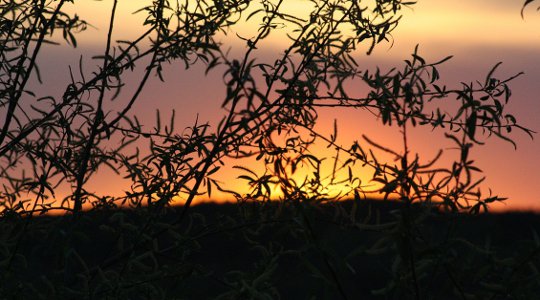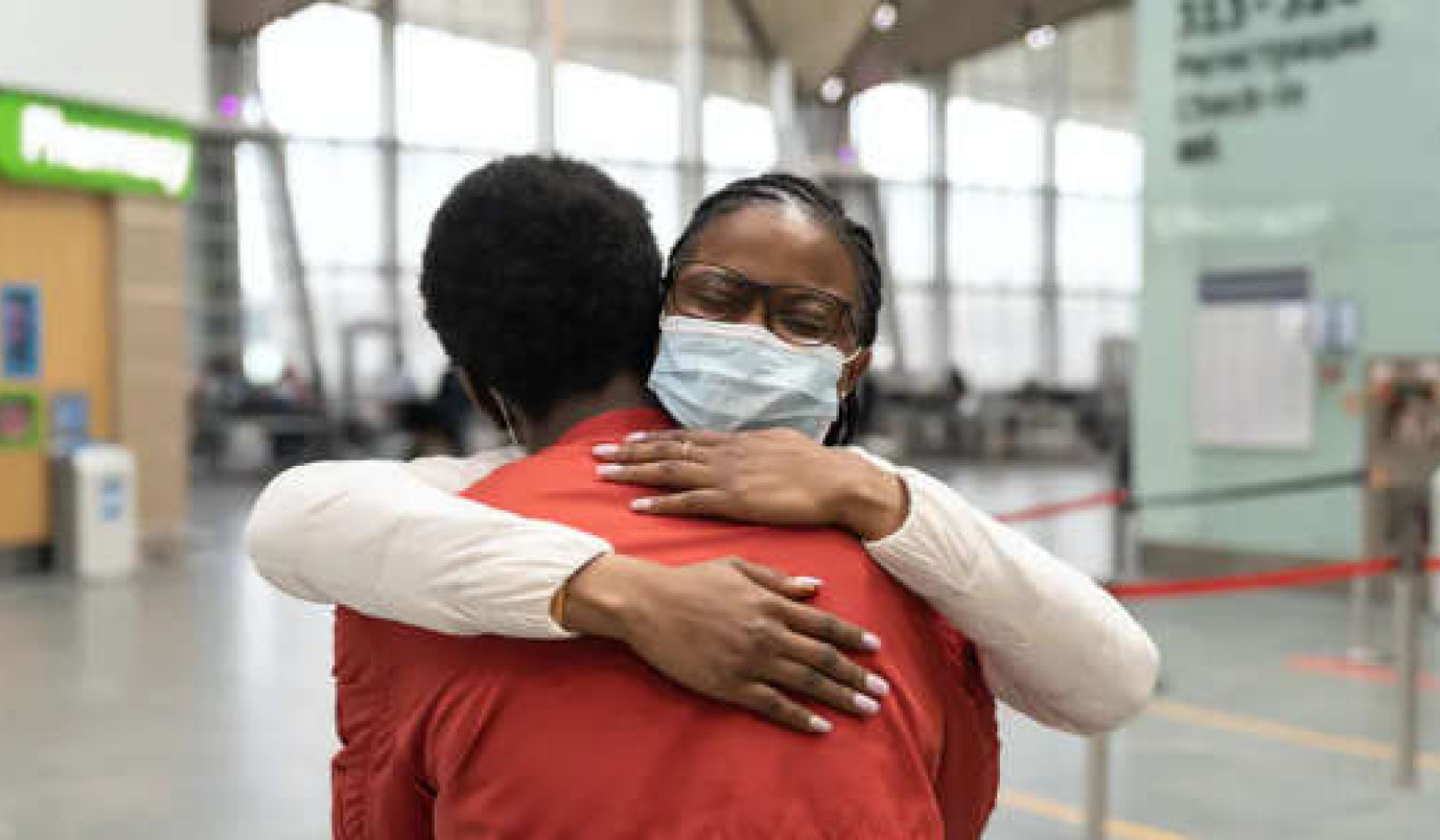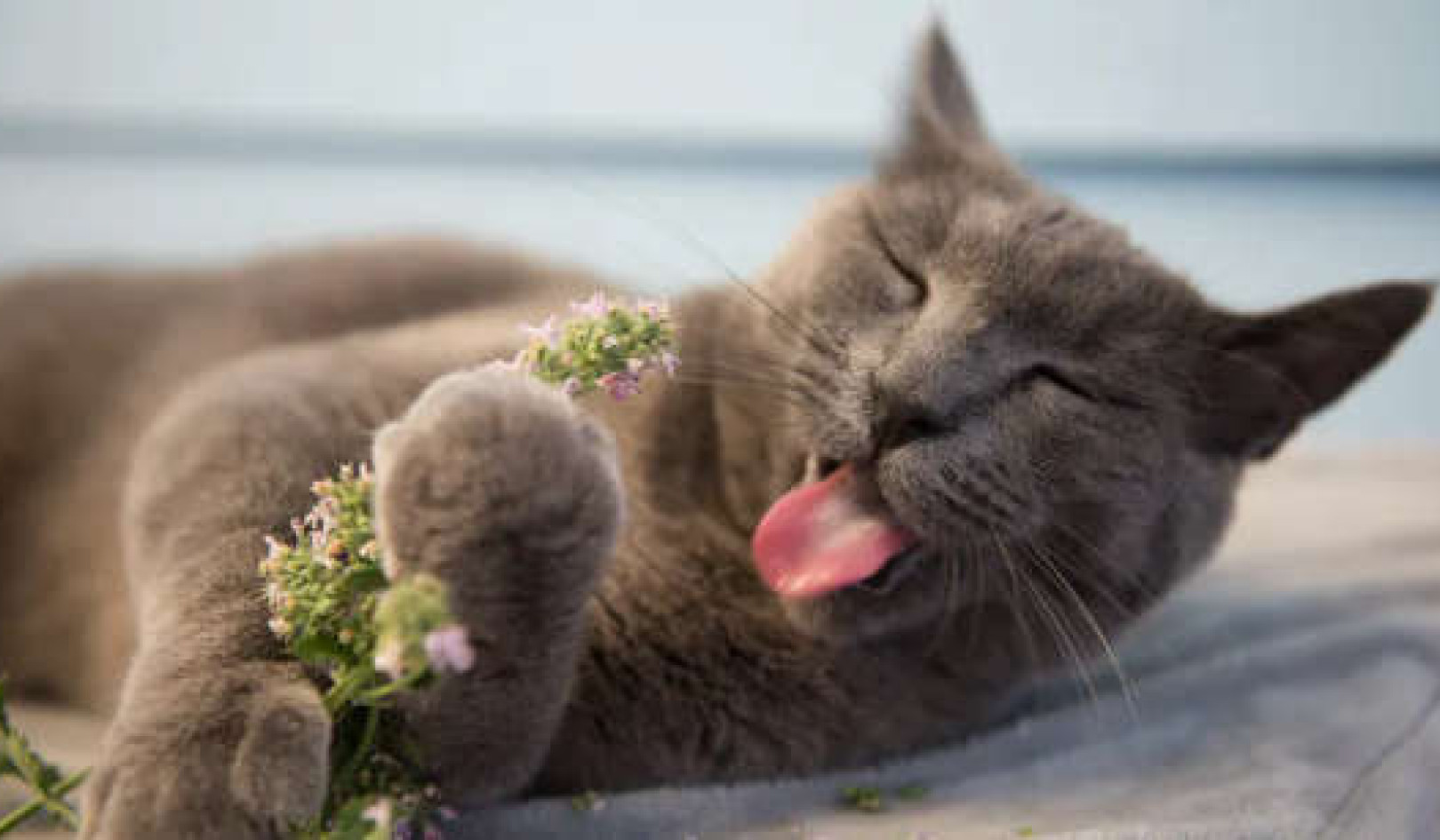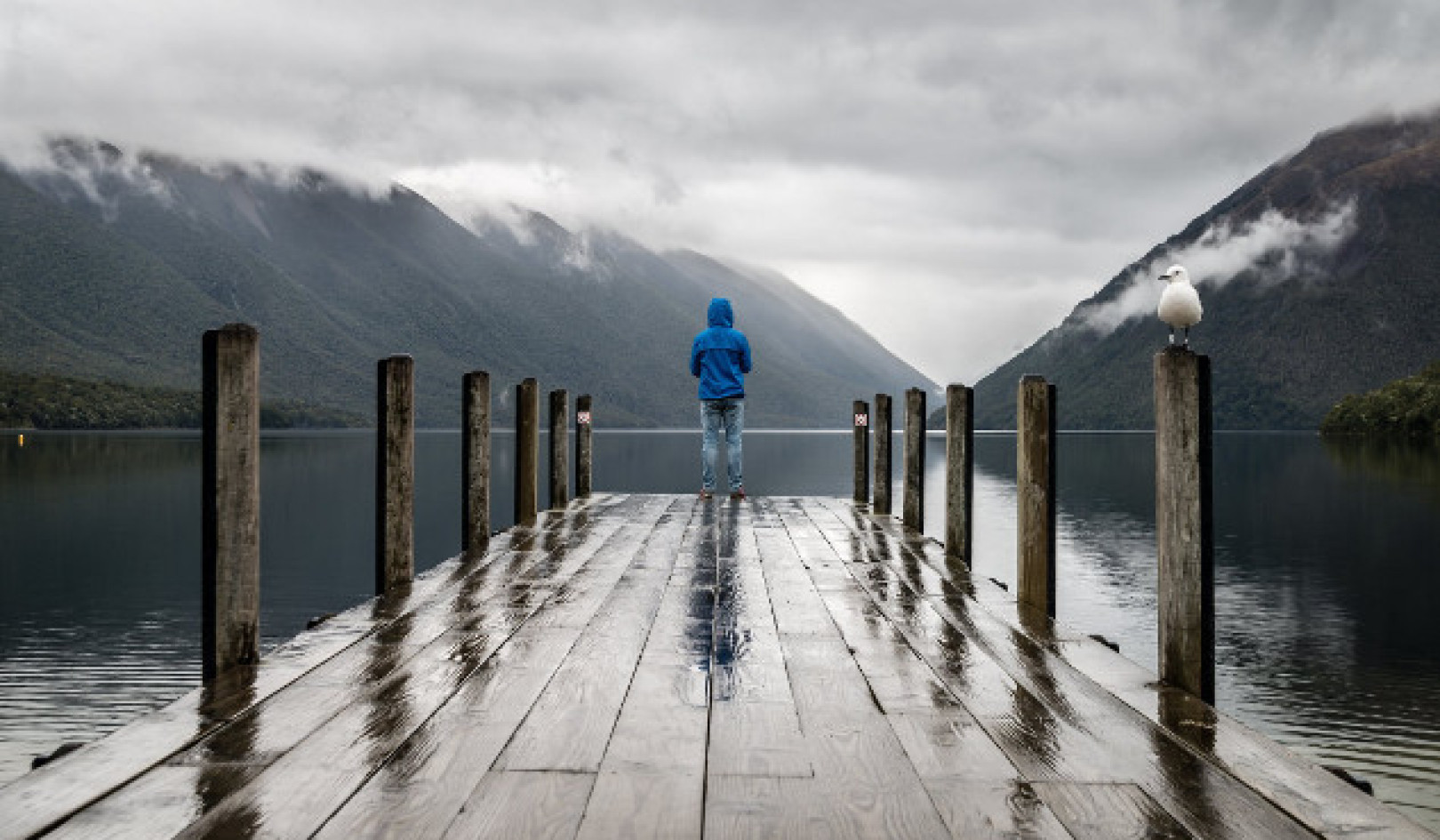
I trained as a conventional physician. I attended Stanford University School of Medicine, completing residencies in family practice and in psychiatry, and achieved added qualifications in geriatrics. I have worked in emergency rooms for over twenty-five years, marveling at the technical wonders we can provide for patients on the verge of death. I loved the drama of saving lives, of using the technology appropriately, of intubating, inserting chest tubes, resuscitating, and stabilizing.
Much of my life was described in my earlier book, Coyote Medicine. I have also studied Native American healing for more than twenty-five years, being a "half-breed, hybrid human"; my ancestors have given me Cherokee, Lakota, Scotch, and French DNA.
Walking in Two Different Worlds
I have walked with feet in two different worlds for my entire medical career. I did this because I grew up knowing that "Indian medicine" could help people when conventional medicine had nothing more to offer, and because I was struggling to find myself through finding my ancestors.
I so desperately wanted to recapture for my own patients the amazing healings I remembered seeing as a child. Despite this, I couldn't abandon science and technological medicine, which I also loved with a passion. I simply wanted to know what worked and when to use it. I bristled at the terms conventional, alternative, or complementary. "Why do we divide it that way?" I wondered. "Why can't we just think about what works, regardless of its origins?"
Get The Latest By Email
Complementary and alternative medicine is popular today. Names change; we used holistic medicine when I was in medical school in the early 1970s. In the 1980s I started a center for integrative medicine. This is now another common name for the elusive field of everything that is not pharmaceuticals or surgery.
During medical school many of my classmates were excited by the possibilities of holistic medicine. We were an unusual class. We embarrassed Stanford by entering family practice or psychiatry in unprecedented numbers, or by establishing clinics in rural Tibet or Mexico. Others members of my class trained barefoot doctors in Central America. Stanford changed its admissions policies and its entirely elective curriculum thanks to us, for we were too unruly. A decision was made to admit only science majors to the medical school. Other restrictions followed.
I probably would have been admitted anyway; I majored in biophysics in college. But I have pursued the healing traditions of my ancestors, believing that they were the original holistic doctors of North America. I believed that what evolved through Indian medicine has applications in and power for treating patients on this continent.
What did I learn from my studies of medical miracles with Native American healers?
1. The necessity of relationship.
The people who experienced medical miracles don't heal in isolation. No one heals alone. Relationship is necessary, as are guides -- whether we call them healers, medicine women, doctors, or therapists. The implication of the oft-quoted statement that Jesus is present whenever two or more people are gathered is that he is not as powerfully present with only one person in isolation. Relationship matters.
Healing requires the power of relationship and the commitment of both parties. A good teacher does not fail his student; he redoubles his efforts to make the student successful. Wherever we struggle for meaning and direction, relationship is important. In the crucible formed by relationship we find the spiritual scaffolding necessary to explore the origins of suffering (physical, mental, social, and spiritual). Hope gels when neither party will give up. I never give up for any client. We continue our quest for healing even if conditions worsen. Neither of us can give up.
2. The importance of acceptance and surrender.
A second lesson from exceptional patients is the importance of accepting that what we want may not be what we get. None of the exceptional patients I studied were obsessed with the goal of being cured. They kept perspective. Learning how to nurture the desire to be well and to accept the lack of guarantee is a meditation unto itself. One interpretation is that the plans of the Universe may differ from ours. What we want may not be possible. Nevertheless, we must continue wanting, for the strength of our desire fuels the birth of miracles. When desire becomes obsessive the goal moves further away. Obsession communicates that the goal is hard or impossible. Easy desire is a phrase for contemplation.
We must want something in order to take action. Yet if we want it so desperately that our goal becomes an obsession, the possibility of "failure" cannot be explored and embraced. Simultaneously wanting and not wanting is a true dialectic, a necessary paradox. How do we practice wanting to be well with passionate commitment and simultaneous nonattachment? What does it mean to be nonattached? What does it mean to want to be well, but not to want it too much? My collection of patients mastered this dialectic, either deliberately or accidentally.
Our spirituality provides us with tools to master this dialectic. Native American tradition teaches that you cannot succeed if you do not ask. Jesus echoed this when he said, "Ask and ye shall receive." Through ceremony we empower the single voice by aligning it with the multitude. We create a spiritual laser. We add the power of spirit to the message sent. Tradition teaches that the spirits come when the songs are sung. Nevertheless, we cannot make the Divine want what we want. While we must ask, there are no guarantees that we will receive. We must ask for what we want, and at the same time let go of it. We must take the attitude described in the Lord's Prayer in the line "Thy will be done, on earth as it is in heaven."
I teach patients how to perform ceremonies in this spirit. We perform ceremonies with the entire family. Eventually we expand to larger groups of friends as we continue to explore how to align our will with that of the Divine.
3. Focus on the present.
The patients who find miracles are largely present-focused, not dwelling excessively in the past or the future. Stress and anxiety are lessened when we remain focused in the present. Worry is about the future; bitterness and resentment come from the past. Emotions in the present are limited to the basic collection of anger, sadness, love, and joy. These are the primary emotions that are easiest to express.
In staying focused on the present, patients who healed avoided the trap of being caught in despair and anguish over the past or obsessing about the future. Thich Nhat Hahn says, "We don't think of the past or the future or anything. We just focus our attention on the [present], and on the community around us."
All spiritual traditions offer techniques to narrow our focus to the present. Thich Nhat Hahn and Buddhism call this focus "mindfulness meditation." Christianity calls it contemplative prayer. Buddhism emphasizes mindfulness throughout its meditative practices, as does Native American spirituality in the vision quest (hanblecheya).
Mindfulness meditation represents a way to teach all patients how to focus in the present. It bridges spiritual traditions. I use mindfulness exercises, including walking meditation. I typically focus on becoming aware of my breathing to start the meditation. Observing the breath puts our focus on the present moment in which we live. Paying attention to our current body sensations brings us back from thought about past suffering and pain. Observing what thoughts come and go through the mind helps us stop worrying about what calamity might happen tomorrow.
4. The importance of community.
Modern medicine lacks an understanding of the importance of community, though my patients who found miracles were all nurtured by community. People thrive in community, like the desert blossoming after the rain. I help patients find a community of people who also believe in the possibility of healing. The community members can learn from and support each other, despite having different illnesses or problems. Having a community nurtures hope in times of despair.
Being part of a community allows us to participate in a collective energy that can sustain us -- much more than one can generate alone. A nurturing community waters the seeds of hope and compassion in every one of us.
Within a community we can be touched, physically or emotionally, by other human beings and by spiritual forces. When this happens, as quickly as a fever breaking we feel the baggage leaving our souls. Being accessible to the touch of others makes us available for healing. The gentle brush of a hand can wipe our psychic slates clean.
Community also teaches us awareness of the interconnectedness, the unity, of all of life. What affects us affects the plants. What hurts the animals hurts the humans and vice versa. When we grasp the unity of all things we realize our incredible connection with the world around us and discover that action at any level affects every other level. Scientists call this systems theory; Navajos call it common sense. It explains why family therapy can help heal cancer -- removal of suffering on any level affects every other level. This is why chemotherapy alone may not be successful; killing on one level does not heal on other levels. Having grasped unity, the possibilities for our therapies enlarge tremendously.
When we learn about the interconnectedness of everything, we realize that the rugged individualism -- so valued in Western society -- is counterproductive to solving problems and reducing suffering. Ceremony with the whole family is important. The ceremonies I do with patients' families comfort us all. Sometimes the most important ceremony is a good-bye ceremony, which is used when treatment clearly isn't working. Everyone needs to say good-bye to the dying, to tell the person how much he or she means to them, well before the person dies.
When treatment is uncertain we need to involve the individual's whole community. In these cases I do a talking circle with the community to help me discover how to treat. Usually people's friends and family know what they need much better than a doctor, anyway.
5. Transcending Blame
People who heal have gotten over the idea of blaming themselves for their illness. They have gotten past finding fault in themselves or others, knowing that blame is counterproductive to creating hope and healing. Similarly, they have forgiven themselves and let go of bitterness and resentment.
Our ancestors also made mistakes. They have been clumsy. They have acted in ways that were the opposite of love and understanding. They have used religion to fight wars, to support violence, or to support racism. Fathers and mothers have made mistakes; grandparents and other ancestors have made mistakes. We have to know how to forgive, how to go back to our parents, so that we can go together on a journey of discovery to find the beauty of our roots. In forgiving our past we also forgive ourselves. We abandon the path of blame and self-blame.
Important to the work I do is exploring our ancestors and the legacies they have given us -- good and bad. We learn ways of coping and living that are conducive to illness without our even realizing what has been passed on to us. By appreciating our place in a long line of ancestors we realize that blame must be spread so widely that it becomes a useless concept.
The Native American perspective is simple: When you are sick you are in the wrong place at the wrong time, and you have been heading in this direction for too long. Therefore you need to turn around; you need a new direction. You need to find a different location physical, emotional, relational. All aspects of your life are suspect as contributing to your illness. We examine them all, searching for what we can change. It is impossible to look at our lives unless self-blame and guilt have been overcome.
Understanding the conditions that allowed a problem to develop and thrive is important. Some of these conditions can be changed. The quest for intellectual understanding can divert us into the pursuit of self-blame. Blame is eliminated through an emotional understanding of how little actual control we have over our lives, through understanding that much of who we are and how we react is created by others. Our ancestors gave us genes for temperament and the expression of emotions.
Through the stories passed down in our families, our ancestors continue to teach us who we are and to give us values, meaning, and purpose. This represents a psychological genetics. These lessons are reinforced by culture, and through our participation as "cells" in the body called Earth.
Blame quickly becomes meaningless when we reflect on our interrelationships with all other beings (mitakuye oyasin in Lakota). Stories and guided imagery practices are important in facilitating this process, which goes against the modern cultural training of North America and Europe.
6. The importance of the spiritual dimension.
Native American philosophy teaches that all healing is first spiritual healing. Whatever else we do -- including herbs, diet, radiation, surgery, bodywork, or medications -- we need to humbly ask for help from the spiritual realm. People with a spiritual practice do better with any illness than those lacking religious beliefs; we must make ourselves available to the Divine for healing. Spirit is a necessary link in the chain that creates healing and miracles. Spirit cannot be ignored, whether it is to give our pain back to the earth or to accept healing from the earth, angels, or God.
If all healing is fundamentally spiritual, then we must make ourselves available to God or to the spiritual realm to be healed. In medieval times the touch of an angel restored health. It still does today. Ceremony and ritual provide the means for making ourselves available.
Each spiritual path offers a means for coming closer to God. Native Americans use the sweat lodge, the vision quest, and the sun dance. Christians fast and meditate. Islamics make the pilgrimage to Mecca. Sufis dance until they drop. However we choose to do it, we must access this spark that ignites the fire of healing.
7. Profound change.
Profound change means that you must become a different person in some fundamental, recognizable, important way. The extreme version of this is the Cherokee practice of giving the desperate patient a new name, which means a new identity, since name is identity. In this practice the person immediately has a new family, a new role in the community, and new friends, while his old identity is given a funeral.
Treatment fails without a profound change. Hope also thrives in such changes. We must become a different person to family, friends, coworkers, and the self. In some palpable way, we must be reborn before we can heal.
Reprinted with permission of the publisher,
Bear & Company. www.InnerTraditions.com
Article Source
Coyote Healing: Miracles in Native Medicine
by Lewis Mehl-Madrona, M.D., Ph.D.
 Coyote Healing distills the common elements in miracle cures to help people start their own healing journey. Looking at 100 cases of individuals who experienced miracle cures, Dr. Mehl-Madrona found the same preconditions that Native American healers know are necessary in order for miracles to occur. The author reveals what he learned from both his own practice and the interviews he conducted with survivors about the common features of their path back to wellness. Survivors found purpose and meaning in their life-threatening illness; peaceful acceptance was key to their healing. Coyote Healing also tells of another kind of miracle--finding faith, hope, and serenity even when a cure seems impossible.
Coyote Healing distills the common elements in miracle cures to help people start their own healing journey. Looking at 100 cases of individuals who experienced miracle cures, Dr. Mehl-Madrona found the same preconditions that Native American healers know are necessary in order for miracles to occur. The author reveals what he learned from both his own practice and the interviews he conducted with survivors about the common features of their path back to wellness. Survivors found purpose and meaning in their life-threatening illness; peaceful acceptance was key to their healing. Coyote Healing also tells of another kind of miracle--finding faith, hope, and serenity even when a cure seems impossible.
Info/Order this book. Also available as a Kindle edition.
About the Author
 LEWIS MEHL-MADRONA is a board-certified family physician, psychiatrist, and geriatrician. He holds a Ph.D. in clinical psychology. He worked for over twenty-five years in emergency medicine in both rural and academic settings and is currently the Coordinator riff Integrative Psychiatry and Systems Medicine for the University Arizona's Program. He is the author of the best-selling Coyote Medicine. Visit his website at http://www.mehl-madrona.com/
LEWIS MEHL-MADRONA is a board-certified family physician, psychiatrist, and geriatrician. He holds a Ph.D. in clinical psychology. He worked for over twenty-five years in emergency medicine in both rural and academic settings and is currently the Coordinator riff Integrative Psychiatry and Systems Medicine for the University Arizona's Program. He is the author of the best-selling Coyote Medicine. Visit his website at http://www.mehl-madrona.com/







